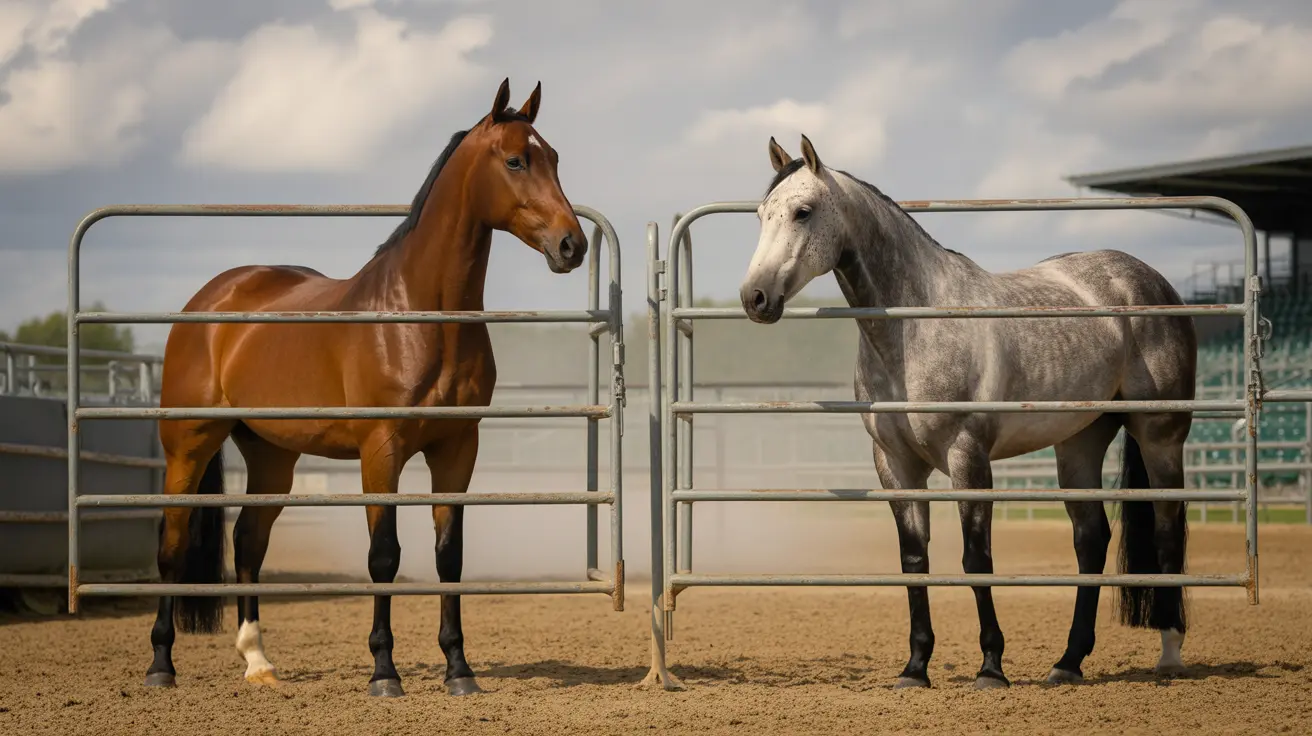Common Dog Training Mistakes and How to Avoid Them
Training your dog can be a joyful journey—or a frustrating one if you fall into some classic traps. While every dog is unique, there are several common mistakes that can slow progress or even set you back. Let’s explore these missteps and how you can sidestep them for a happier, more obedient companion.
1. Being Afraid to Be Silly
Many people approach training with a serious demeanor, but dogs thrive on fun. If you use an enthusiastic tone—think singsong praise like “Who’s a good puppy?”—your dog will pick up on your positive energy. A playful voice is especially helpful for recall cues; dogs are much more likely to come running when your call sounds inviting rather than stern.
2. Letting Frustration Show
If you’re feeling stressed or angry during training, your dog will notice. Dogs read human emotions well; frustration can cause them to disengage or even shut down. Signs like yawning or looking away often mean your mood is affecting them. If things aren’t going smoothly, take a break and return when you’re calm—never use harsh words or aversive corrections.
3. Skimping on Rewards
Don’t be stingy with treats or praise! Rewarding generously helps reinforce the behaviors you want to see repeated. The timing of rewards matters: deliver the treat or praise right as your dog performs the desired action to avoid confusion about what they’re being rewarded for. Using a clicker or marking word (like “yes”) can help bridge the gap between behavior and reward.
4. Using the Wrong Reward for the Challenge
Not all treats are created equal in your dog’s eyes. For challenging tasks, offer high-value rewards—something truly special. For easier or already-mastered behaviors, lower-value treats or life rewards (like playtime) work well. As your dog learns, gradually shift from frequent treats to random schedules to keep motivation high.
5. Poor Reward Placement
If you delay giving a reward or give it at the wrong moment (for example, rewarding after your dog sits instead of when they lie down as asked), you may reinforce the wrong behavior. Precision matters in shaping new skills.
6. Confusing Signals
Your body language and verbal cues should match and be consistent every time. Using similar-sounding commands for different actions or crowding your dog’s space can stress them out—especially if they’re shy or anxious.
- Stick with simple, distinct words for each command.
- Avoid switching gestures or phrases mid-training.
7. Failing to Generalize Cues
A cue learned in one room doesn’t always transfer elsewhere; dogs need practice in various locations with different distractions before they truly understand a command applies everywhere. Gradually increase difficulty by adding distance, duration, and distractions—but only one at a time at first (a process called proofing).
8. Repeating Cues (Cue Nagging)
Saying “sit” over and over teaches your dog that immediate response isn’t necessary—they’ll wait until you sound serious! Instead:
- Say the cue once clearly.
- If ignored, get their attention first before repeating.
9. Poisoning Cues
If you use a cue before something unpleasant (like bath time), your dog may start avoiding it altogether. Keep cues positive during initial training so they don’t become associated with negative experiences.
10. Inconsistent Practice
A weekly class isn’t enough—dogs learn best through short daily sessions (5–15 minutes). Regular practice cements skills and strengthens your bond.
- Integrate training into daily routines: ask for sits before meals or leashing up.
11. Useless Repetition of Ineffective Methods
If something isn’t working after several tries, change tactics rather than repeating endlessly—it just frustrates both of you.
12. Lack of Consistency Among Family Members
If everyone uses different rules or commands at home, your dog will get confused fast! Make sure all household members are on the same page regarding cues and expectations.
- Create a list of agreed-upon commands for everyone to use.
Punishment-Based Methods
Punishing mistakes after the fact doesn’t work; dogs don’t connect past actions with current consequences and may become fearful instead of learning what’s right.
- Avoid negative stimuli like shock collars or harsh tones.
- Focus on positive reinforcement—reward what you want more of!
- If needed, seek professional help early rather than letting bad habits become entrenched.
The Importance of Socialization and Exercise
Puppies especially need early socialization to shape their temperament positively; exposure to various people and situations helps prevent future behavioral issues. Regular exercise also keeps your dog focused during training sessions—and out of trouble when bored!
Troubleshooting: When Training Gets Tough
If progress stalls:
- Shorten sessions further if attention wanes.
- Add higher-value rewards for tougher tasks.
- Train in quieter environments before adding distractions.
- Praise effort—even small steps count!
- If needed, consult a certified trainer who uses positive methods.
The key is patience: most dogs take months—not days—to master new skills fully.
The Takeaway: Make Training Fun!
Your attitude sets the tone for every session; if you’re upbeat and consistent with clear communication and generous rewards, your dog will love learning—and so will you!





